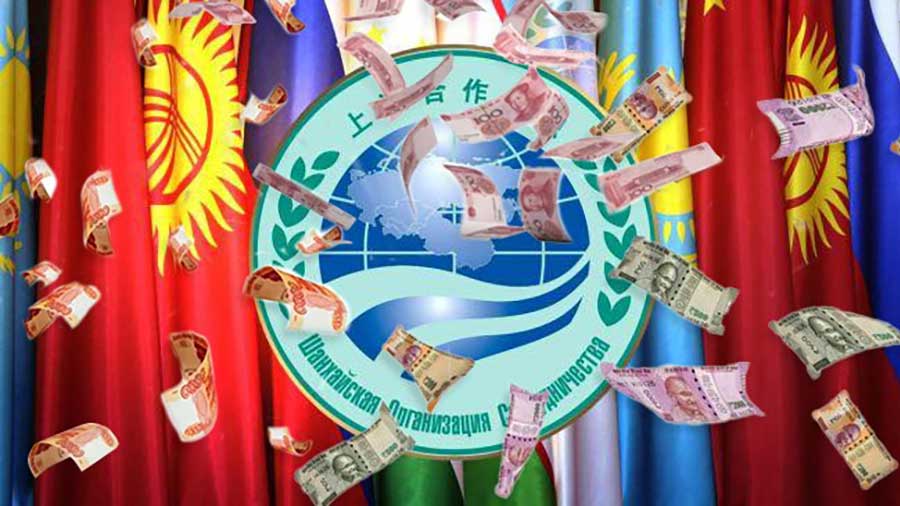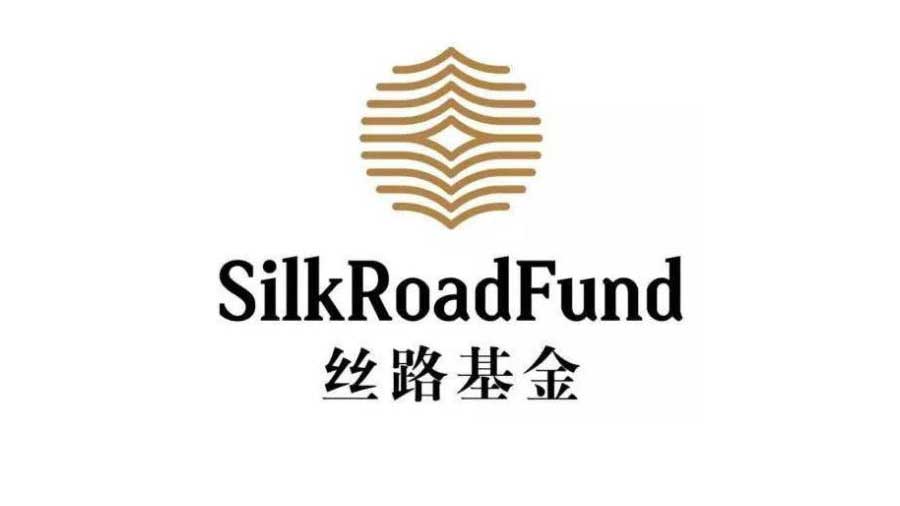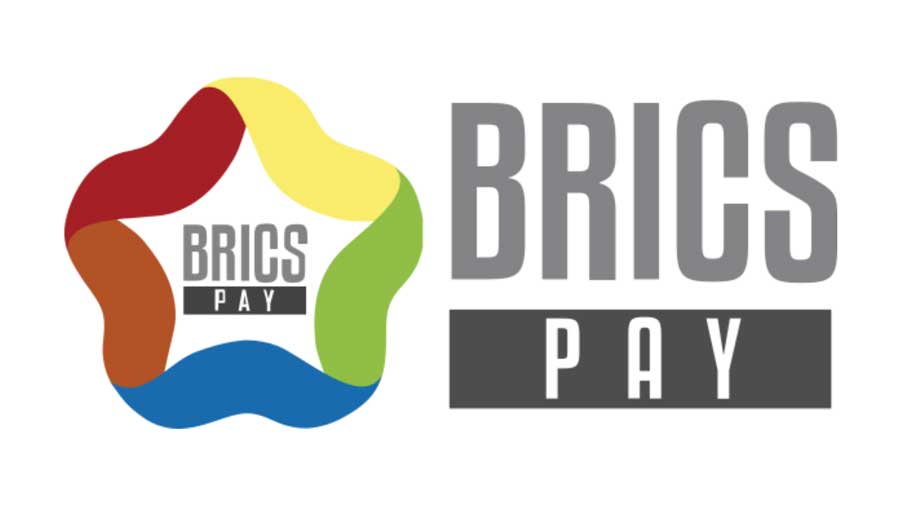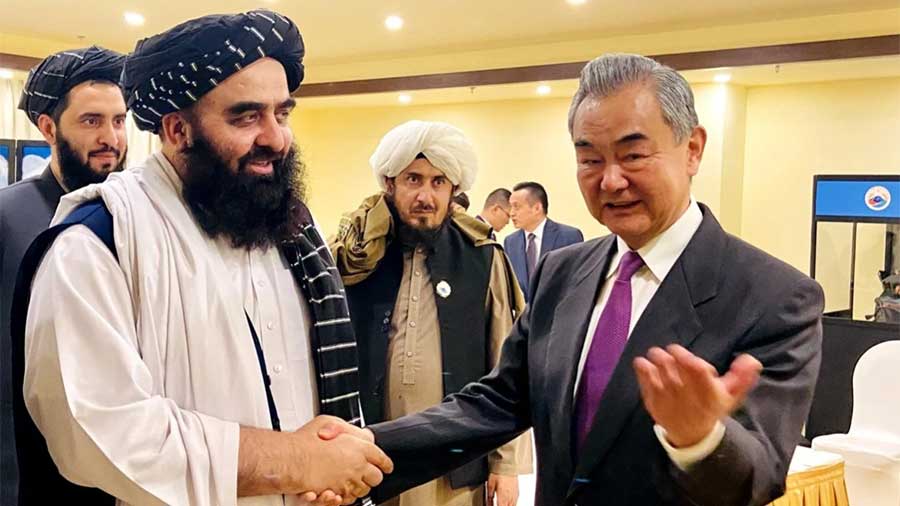BRICS Pay: The Latest Development & Integration Updates
By Paul Goncharoff
With all the geopolitical and economic upheavals happening on what seems an accelerated daily basis, often important details get lost in the urgency of other events. Over the past weeks we have seen BRICS steadily growing, and just last week, the Belt & Road forum has shown clear, goal driven results despite the nay-sayers. One aspect that is not being sufficiently recognized is the steady progress of what some have called a financial “pipe dream”, namely the Brics Pay platform. In fact, substantial progress has been made.
Brics Pay even released a video showing a bottle of South African wine being purchased in a Moscow store using the mobile Brics Pay app.
It appears that Brics Pay has now been launched as a new financial settlement platform. It is hoped and seen as a vehicle that will change the volume of trade and the volume of financial transactions between the BRICS members by making payments easier.
The original BRICS include Brazil, Russia, India, China, and South Africa. From January next year, they will likely be joined by Argentina, and five MENA influential countries: Egypt, Ethiopia, Iran, Saudi Arabia, and the UAE.
Payments and transactions however will not be denominated in US Dollars. Instead, the BRICS member countries are focused on de-dollarization and using their respective national currencies. The new Brics Pay system is likely to accelerate this process.
The Brics Pay system itself is blockchain based, meaning it operates on a Distributed Ledger. It is not a Central Bank Digital Currency (CBDC) or a Cryptocurrency. It is designed as a Digital Service that does not have a single acceptable currency – it is designed so that any of the BRICS member currencies can be used. The main goal is to enable trade and financial transactions between the BRICS countries by bypassing the United States dollar and Euro, and reducing dependency on Western Financial systems such as SWIFT.
Two of the BRICS members – Russia, and Iran have already been disconnected from the SWIFT network, and had overseas financial assets frozen, while threats to do so have also occasionally been made to some of the others, including China. That has placed a greater urgency in developing an alternative system, while planning to counter future potential political financial sanctioning.
Brics Pay therefore endeavors to effectively replace SWIFT functionality while also giving member countries control over their finances, where no third-party actor would be able to pull global financial transactions networks away from them, nor seize their financial assets.
Brics Pay serves several main purposes, primarily international trade cross-border payments between companies, investments, and micro finance. This is a major step towards making trade between the member countries easy and seamless and able to transact in real time as it is a blockchain based system. The new system shows that the BRICS nations are serious about their goal to move away from the United States dollar as much as they possibly can; and evade political / economic pressuring. Brics Pay has been adopted by several institutions and businesses in the BRICS countries, and the list is steadily growing.
The State Bank of India has launched a Brics Pay based mobile app for cross border transactions, while Russia’s Sberbank has partnered with Brics Pay so that its customers to make cross border payments. Likewise, Russia’s VTB bank has also integrated Brics Pay into its systems allowing its customers to make fast and secure payments to other BRICS countries.
The Bank of China has integrated Brics Pay into its systems, as has Beijing based ICBC, one of the largest banks in the PRC. It has also adopted Brics Pay for cross border transactions. In Brazil Petrobras has begun to use Brics Pay for cross border transactions as well. At the root core of Brics Pay is the New Development Bank, (sometimes referred to as the BRICS Bank as it is collectively owned by BRICS member countries) where all financial transactions between BRICS nations are processed.
However, BRICS Pay is not just restricted to BRICS. The UK’s Standard Chartered Bank has integrated Brics Pay into its digital payment platform to enable its customers to make payments to other BRICS countries.
In sum, this new blockchain based payment service has the potential to grow and play a significant role in promoting trade and integration among the increasing BRICS member countries.
SWIFT will remain unthreatened as the key route for dollar denominated transactions, and it will continue to be used for that purpose. Brics Pay will increasingly incorporate other national currencies within BRICS and beyond, a logical next step towards the global multipolar growth that is currently taking place right before our eyes.
Related Reading





